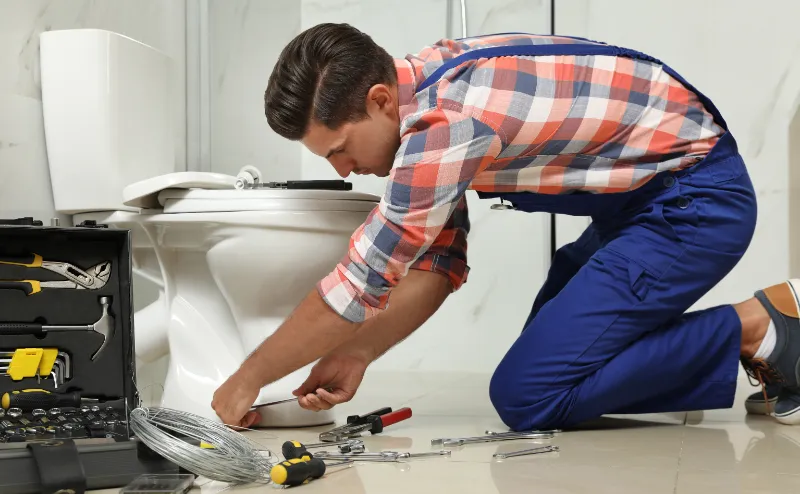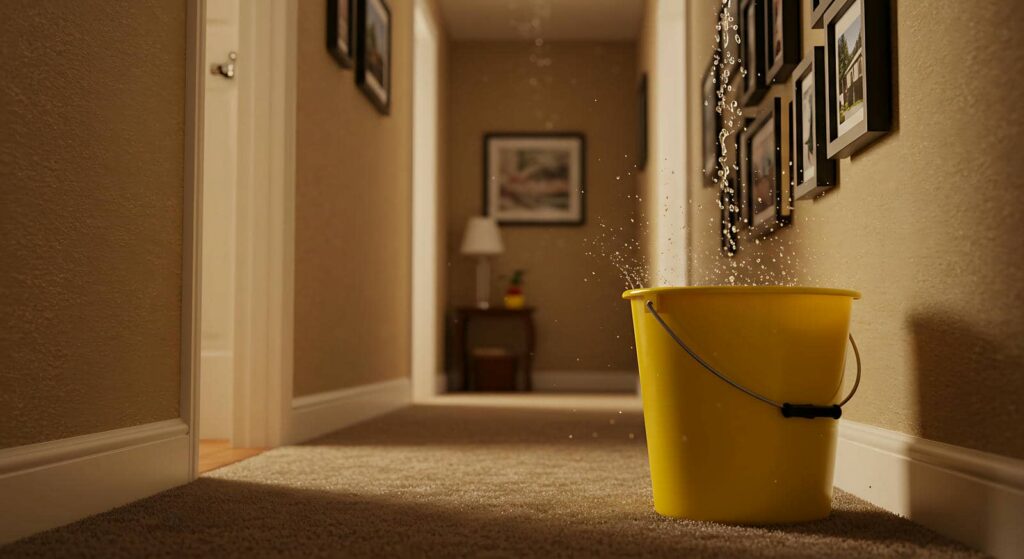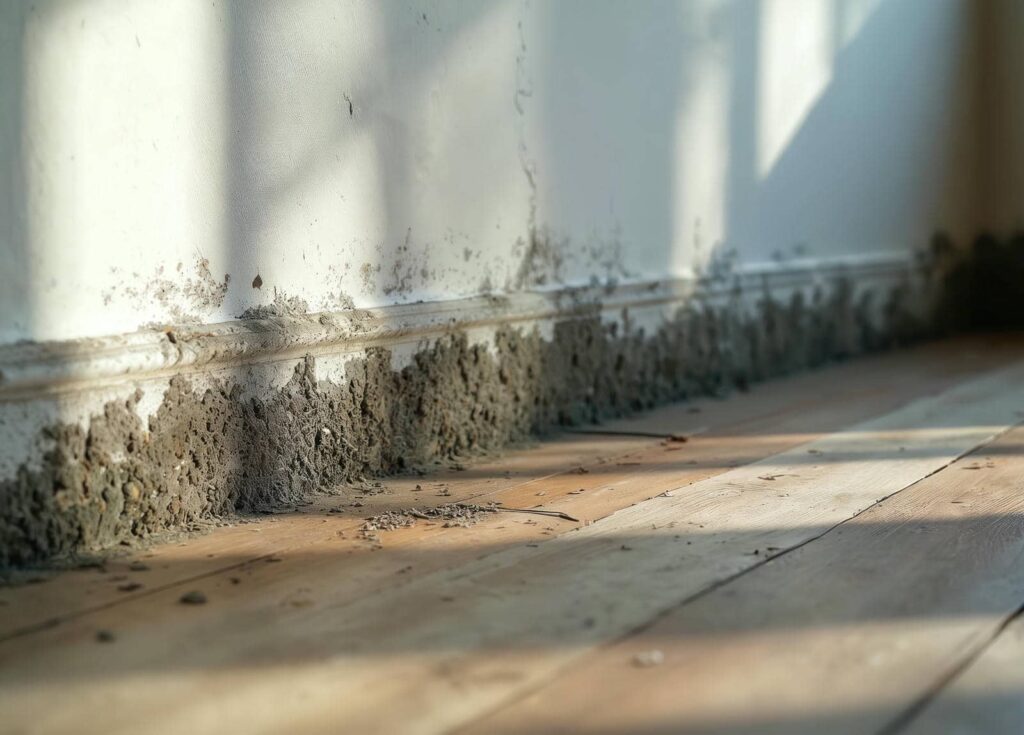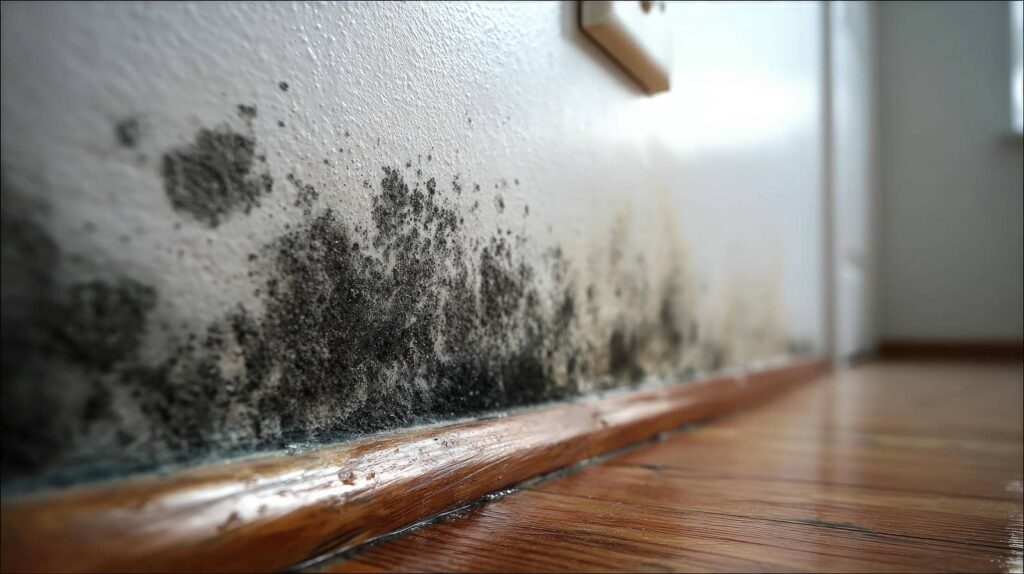Contents
Are you wondering what the most common bathroom leak is? What are common plumbing issues in bathroom? Well, you’ve come to the right place!
In this article, we’ll explore the different types of bathroom leaks that you might encounter. From leaking faucets and fixtures to damaged caulking, faulty toilet seals, and cracked pipes, we’ll cover it all.
So, if you want to prevent costly water damage and keep your bathroom in tip-top shape, keep reading to find out the most common bathroom leak and how to fix it.
Key Takeaways
- Leaking faucets and fixtures are the most common bathroom leaks, which can waste water and increase water bills.
- Damaged or deteriorated caulking can also lead to water leaks and mold growth in the bathroom.
- Faulty toilet seals and gaskets can cause water leaks and damage to bathroom floors and surrounding areas.
- Shower or bathtub leaks often occur due to worn-out seals or gaskets, loose or damaged plumbing connections, and cracked or damaged tiles.
Leaking Faucets and Fixtures
If you notice water dripping from your bathroom faucets or fixtures, you may have the most common bathroom leak. Leaking faucets and fixtures are a common issue that many people face in their homes. Not only can these leaks be annoying, but they can also waste a significant amount of water and increase your water bill. Luckily, fixing a leaking faucet or fixture is relatively simple and can be done by anyone with a few basic tools and some patience.
When it comes to fixing a leaking faucet, the first step is to turn off the water supply to the faucet. This can usually be done by locating the shut-off valve under the sink. Once the water is turned off, you can then start disassembling the faucet to identify the source of the leak. In most cases, a leaking faucet is caused by a worn-out washer or seal. By replacing these parts, you can usually solve the problem and stop the leak.
Fixing a leaking fixture, such as a showerhead or bathtub spout, follows a similar process. Start by turning off the water supply to the fixture and then disassemble it to locate the source of the leak. In some cases, a simple tightening of the connections may be all that’s needed to stop the leak. However, if the leak persists, you may need to replace the faulty parts, such as the O-rings or washers.
Damaged or Deteriorated Caulking
When your bathroom caulking becomes damaged or deteriorated, it’s important to address the issue promptly. Damaged or deteriorated caulking can lead to water leaks, which can cause damage to the surrounding areas and potentially result in mold and mildew growth.
Here are some key points to consider when dealing with damaged or deteriorated caulking:
- Causes of damaged or deteriorated caulking:
- Age: Over time, caulking can become brittle and crack due to exposure to moisture, temperature changes, and general wear and tear.
- Incorrect installation: Improper application of caulking can result in gaps or insufficient coverage, making it more prone to damage.
- Harsh cleaning products: Using abrasive cleaners or tools can wear away the caulking, causing it to deteriorate.
- Consequences of damaged or deteriorated caulking:
- Water leaks: When caulking is damaged, water can seep into the gaps and cause leaks, leading to water damage on floors, walls, and ceilings.
- Mold and mildew growth: Moisture from water leaks can create an ideal environment for mold and mildew to thrive, posing health risks and requiring costly remediation.
To prevent these issues, it’s essential to address damaged or deteriorated caulking promptly. Here are some steps you can take:
- Inspect your caulking regularly for signs of damage or deterioration.
- Remove any loose or damaged caulking using a caulk removal tool.
- Clean the area thoroughly to ensure proper adhesion.
- Apply a new bead of high-quality silicone caulk, making sure to fill any gaps completely.
- Smooth the caulk with a caulk smoothing tool or your finger for a clean finish.
Faulty Toilet Seals and Gaskets
Toilet seals and gaskets are another common cause of bathroom leaks that can lead to significant water damage if not addressed promptly. When these seals and gaskets become faulty, water can seep out and cause damage to your bathroom floor and surrounding areas. As someone who desires to serve others, it’s important for you to understand how to identify and fix these issues.
The toilet seal, also known as the wax ring, is located between the base of the toilet and the floor. Its purpose is to create a watertight seal and prevent leaks. Over time, the wax ring can deteriorate, causing it to lose its effectiveness. This can lead to water seeping out every time you flush the toilet.
Similarly, the gasket, which is located between the tank and the bowl of the toilet, can also become faulty. This can result in water leaking from the tank onto the floor whenever the toilet is flushed. It’s crucial to address these issues promptly to prevent further damage.
To fix a faulty toilet seal or gasket, you may need to replace the wax ring or the gasket. This can be done by turning off the water supply to the toilet, draining the tank, and removing the toilet from the floor. Once the old seal or gasket is removed, a new one can be installed. It’s recommended to seek professional assistance if you’re unsure how to perform these tasks.
Cracked or Broken Pipes
One of the most common bathroom leaks involves a number of cracked or broken pipes. These leaks can cause significant damage to your bathroom and lead to costly repairs if not addressed promptly.
Here are some important points to understand about cracked or broken pipes:
- Causes of Cracked or Broken Pipes:
- Aging: Over time, pipes can deteriorate and become more susceptible to cracks and breaks.
- Freezing: In colder climates, freezing temperatures can cause pipes to expand and contract, leading to cracks.
- Corrosion: Chemical reactions and mineral buildup can weaken pipes, making them prone to cracking.
- High water pressure: Excessive water pressure can put strain on pipes, causing them to crack or break.
- Signs of Cracked or Broken Pipes:
- Water stains on walls or ceilings: If you notice discoloration or water stains, it could indicate a hidden pipe leak.
- Dripping or pooling water: Visible water drips or puddles around your pipes are clear signs of a leak.
- Decreased water pressure: If your water pressure suddenly drops, it may be due to a cracked or broken pipe.
- Unpleasant odors: Foul smells coming from your bathroom could be a result of water leaking from cracked pipes.
If you suspect that you have cracked or broken pipes, it’s essential to address the issue promptly to prevent further damage. Contacting a professional plumber can help you identify the source of the leak and provide the necessary repairs.
Shower or Bathtub Leaks
If you have a shower or bathtub, one of the most common bathroom leaks you may encounter is water leaking through the shower or bathtub fixtures. This can be a frustrating issue to deal with, as it can lead to water damage and potentially costly repairs. However, there are a few common causes of shower or bathtub leaks that you can easily address.
One possible cause of a shower or bathtub leak is a worn-out seal or gasket. These seals are designed to keep water from leaking out of the fixtures, but over time they can degrade and become less effective. If you notice water pooling around the base of your shower or bathtub, it’s likely that the seal or gasket needs to be replaced. Fortunately, this is a relatively simple fix that you can do yourself with the help of a few basic tools.
Another common cause of shower or bathtub leaks is loose or damaged plumbing connections. If the connections between the fixtures and the pipes aren’t properly tightened or have become damaged, water can leak out. In some cases, you may be able to tighten the connections yourself using a wrench or pliers. However, if the connections are damaged, it’s best to call a professional plumber to ensure the issue is resolved correctly.
Lastly, cracked or damaged tiles can also contribute to shower or bathtub leaks. Water can seep through cracks in the tiles and cause damage to the underlying structure. If you notice cracked or damaged tiles in your shower or bathtub area, it’s important to have them repaired or replaced as soon as possible to prevent further water damage.
Conclusion
Overall, the most common bathroom leak is a leaking faucet or fixture. This can lead to wasted water and increased water bills.
Other common sources of leaks include damaged caulk, faulty toilet seals, and cracked pipes.
It’s important to promptly address any bathroom leaks to prevent further damage and conserve water. Regular inspection and maintenance can help identify and resolve these issues before they become more severe.




